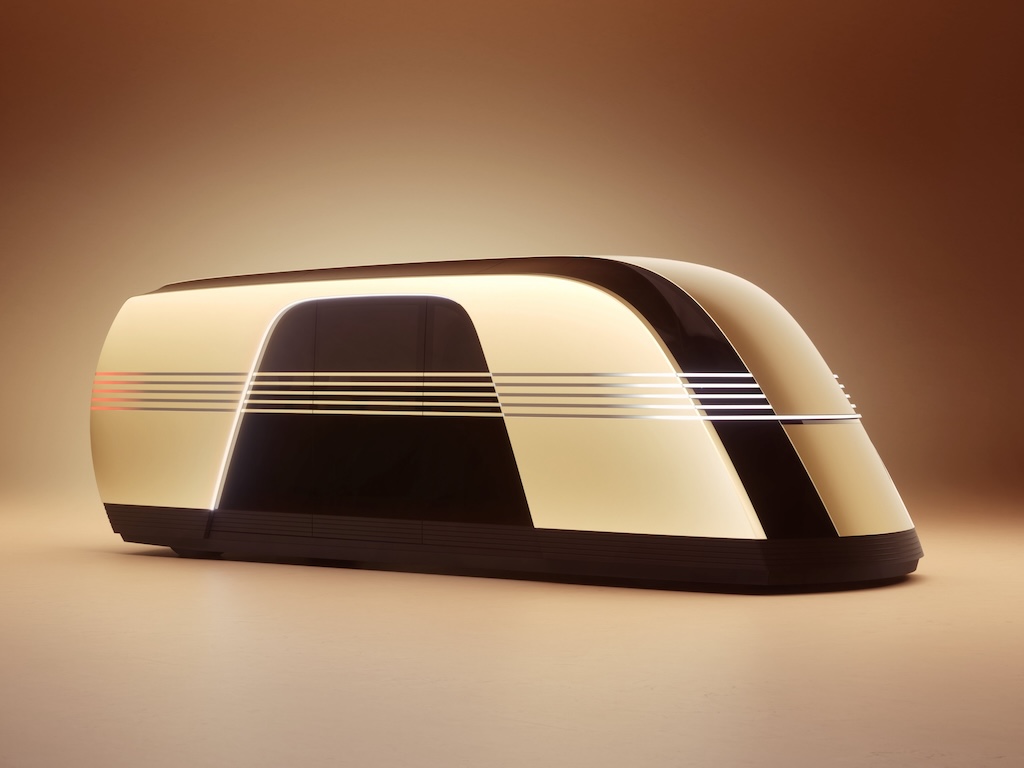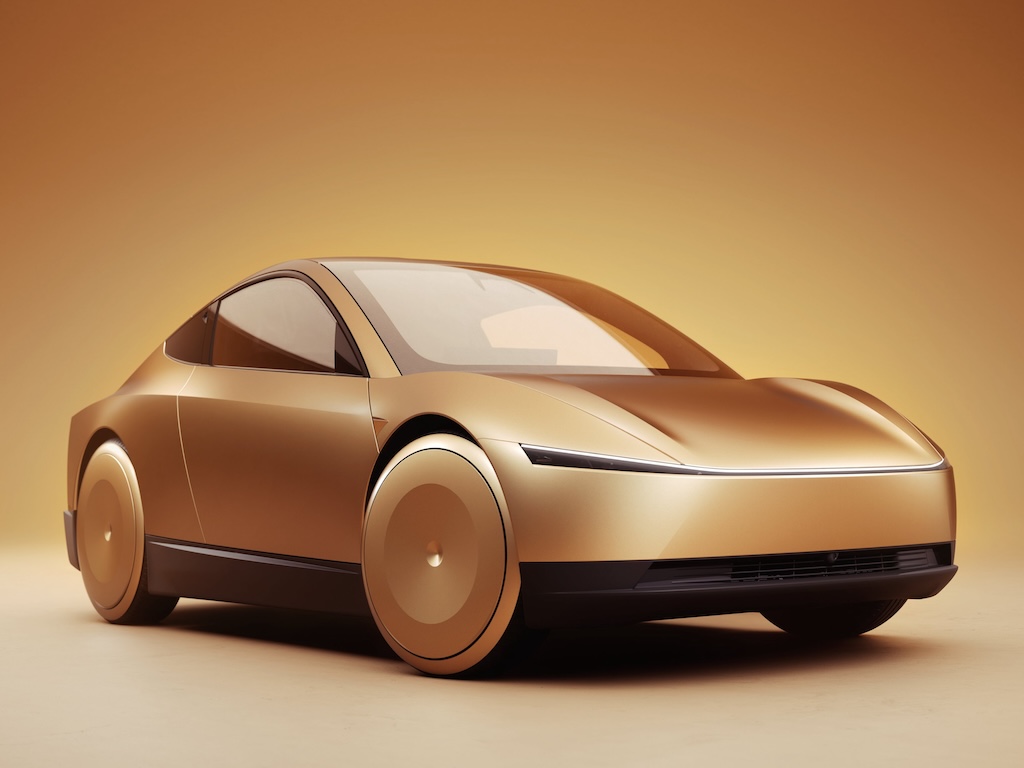Tesla boss Elon Musk has set out his latest vision for the future of mobility at an event in California.
The multi-billionaire revealed the long-awaited Robotaxi and Robovan at the ‘We, Robot’ event at the Warner Bros Studios in Burbank.
The Robotaxi is a self-driving two-door coupé that will feature FSD (full self-driving) capability and is tipped to arrive in 2027, bringing a rival to firms such as Waymo.
Musk said the Robotaxi will cost around $30,000 (c.£23,000) but didn’t announce any plans for a launch outside the US.
Tesla also uncovered its Robovan self-driving 20-seater bus, designed as an autonomous supersized people carrier or goods vehicle and, like the Robotaxi, devoid of a steering wheel and able to charge wirelessly.
Both vehicles use Tesla’s FSD technology, recently clarified as “supervised” to explain its limitations.
Tesla’s plans for fully autonomous technology hinge around a combination of cameras and AI, rather than the radar and lidar sensors used for other autonomous vehicles, but some safety concerns have been raised.
Brad Rosen, COO of Nodar, which develops 3D vision platforms for autonomous vehicles, commented: “Musk has been outspoken about his poor opinion of lidar – an expensive 3D sensor that many robotaxi companies rely on – arguing that if a human can drive using just vision, so can a vehicle. This opinion is shortsighted in that humans have a human brain, which processes input from our eyes and other senses, and enables us to analyse and react to familiar and new situations instantly.
“While Tesla’s FSD chip is very powerful, the human brain dwarfs its capabilities in terms of computing power. Tesla is doing something novel with AI – using multiple cameras combined with neural networks to make routing decisions. But insufficient computing power combined with an inability to train the networks on every possible scenario – or even a fraction of the edge cases that humans handle so well – leaves Tesla vehicles inadequately prepared for many driving situations.”



